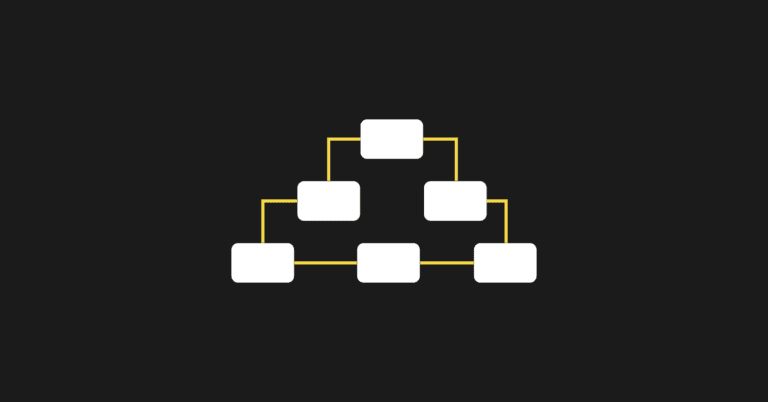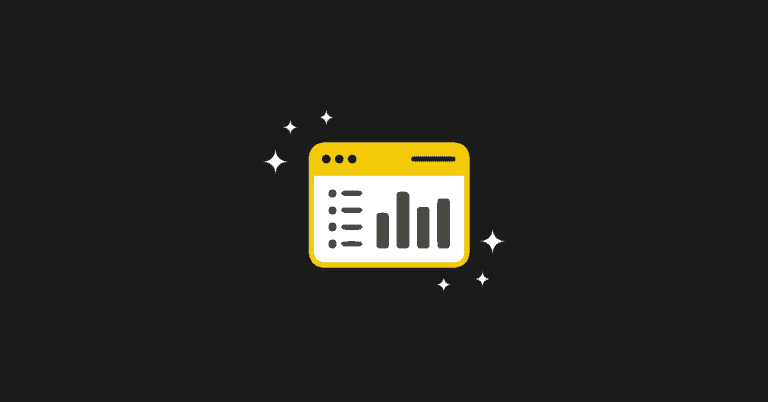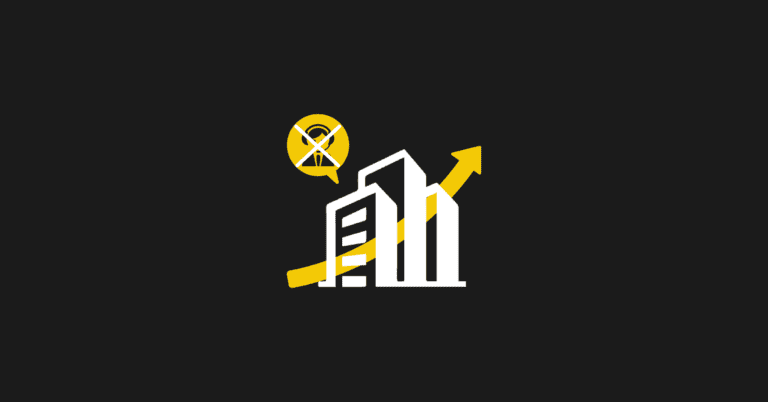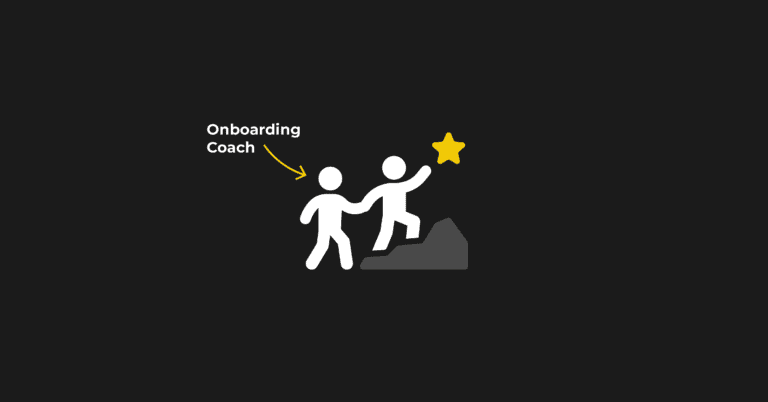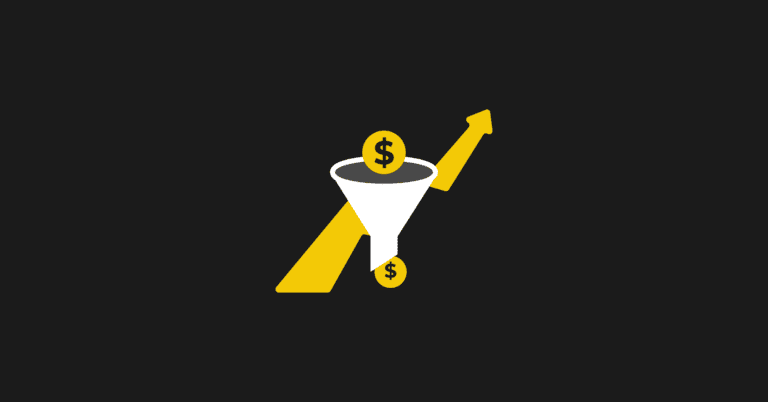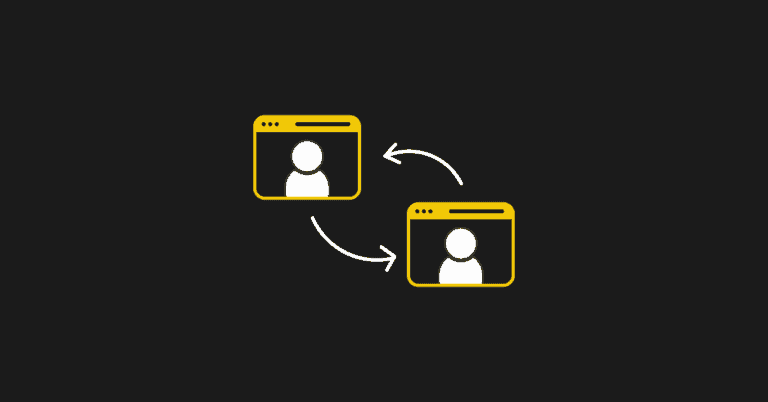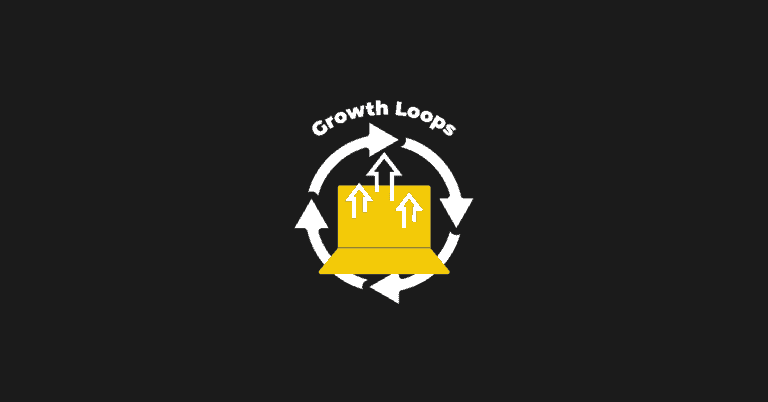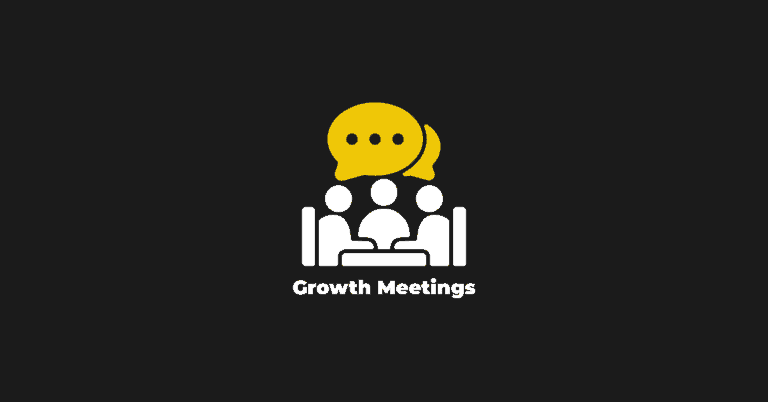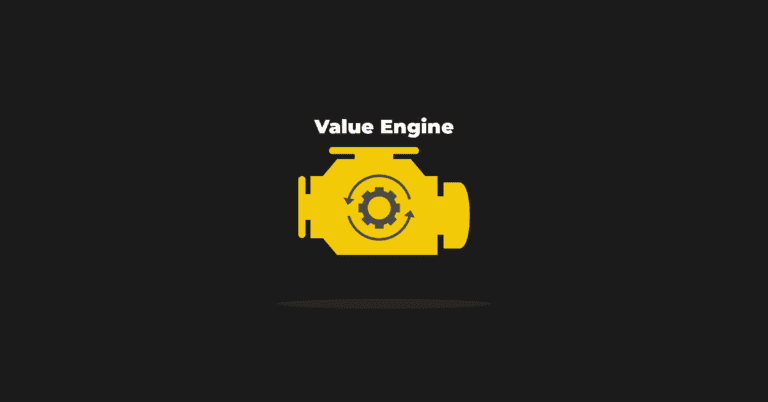SaaS monetization is crucial in driving growth for your product-led growth business. When implemented effectively, these strategies can lead to huge boosts in your company’s revenue. As the Head of Product at Format, a professional portfolio builder, I successfully applied monetization tactics that resulted in a remarkable 40% revenue increase — and you can too!
This article will teach you different SaaS monetization strategies, pricing optimization techniques, insightful forecasting, and budgeting tips, and how to create an irresistible offer. Moreover, I will share four practical revenue-generation tactics and real-world examples of their implementation by Format.
Let's begin by exploring the fundamentals of SaaS monetization before covering the various strategies and techniques that can empower your business.
What is SaaS Monetization?
SaaS monetization is the process of generating revenue from your SaaS product. It involves determining the pricing models, monetization tactics, and additional strategies to turn free trial and freemium users into paying subscribers.
The goal of SaaS monetization is to maximize revenue while providing value to customers and ensuring your business's long-term sustainability and profitability.
Most product-led companies focus on customer acquisition and retention, but monetization is the third component of revenue that is too often neglected. In a downturn economy, it’s the perfect lever for increasing monthly recurring revenue (MRR), as it usually requires little to no additional research and development (R&D) investment.
Revenue has three fundamental components: customer acquisition, monetization, and retention.
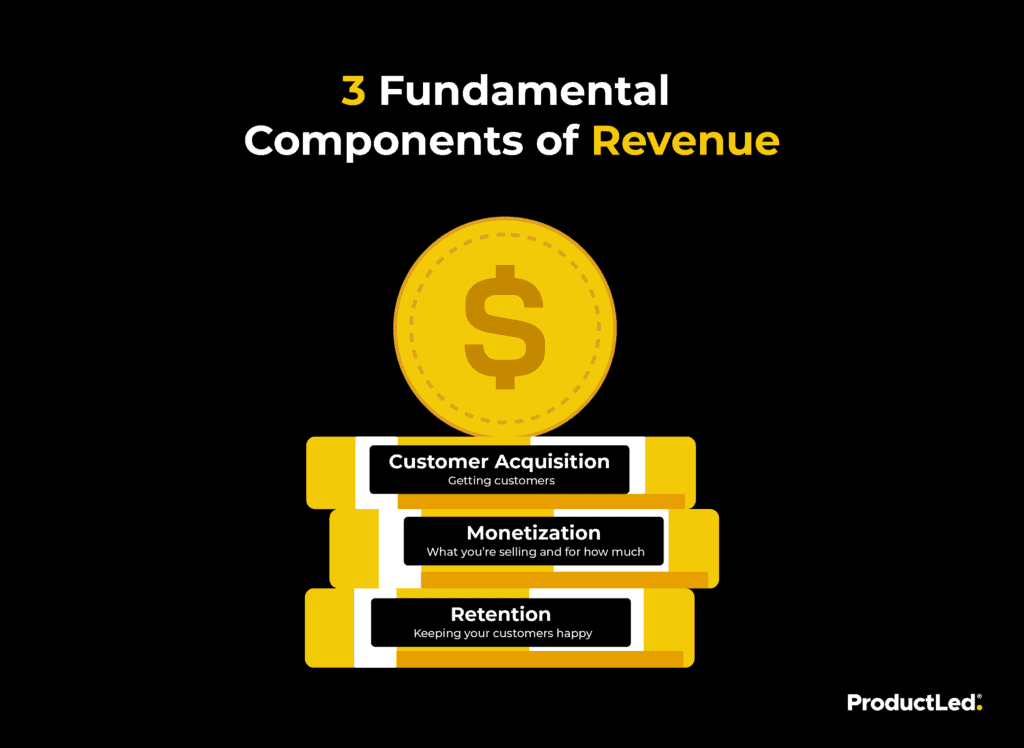
Monetization is all about what you're selling and for how much. It's the key to maximizing the value you get from each customer.
The best part about monetization is leveraging it to increase revenue from existing products with little or no additional R&D investment. You can unlock untapped revenue potential by aligning your product with your customer's willingness to pay and optimizing your pricing plans.
SaaS Monetization Strategy Overview
Let’s explore three key monetization strategies that can shape the financial success of your SaaS venture. Each represents a different approach to pricing and monetizing your SaaS product, offering unique advantages to cater to your company's specific needs and target market.
Subscription-Based Pricing
Subscription-based pricing models offer customers access to the SaaS product for a recurring fee. This model provides a predictable revenue stream for SaaS companies and allows them to build long-term customer relationships. Companies can cater to different customer segments and increase their revenue potential by offering different subscription tiers with varying features and benefits.
Usage-Based Pricing
Usage-based pricing models charge customers based on their usage of the SaaS product. This model aligns pricing with the value customers receive from the product and can be particularly effective for products with variable usage patterns. By charging customers based on their actual usage, companies can ensure that they are being compensated fairly for the value they provide.
Tiered Pricing
Tiered pricing models offer different levels of service and features at different price points. Doing so allows companies to cater to customers with different needs and budgets. Companies can capture a larger market share and increase their revenue potential by offering multiple tiers. Additionally, tiered pricing can help companies upsell and cross-sell their customers, increasing lifetime value.
Read How to Choose the Right SaaS Pricing Model on our blog.
Unlocking Revenue Growth Through Pricing Strategy
A pricing strategy helps you determine your SaaS product’s optimal price and position in the market to help you maximize revenue potential. Several pricing strategies include value-based pricing, competitive pricing, and pricing optimization.
Value-Based Pricing
Value-based pricing involves setting prices based on your user's perceived product value. Companies can set prices that capture a fair share by understanding their product's value to customers. This strategy allows companies to capture the true value of their product and maximize their profitability.
Competitive Pricing
Competitive pricing involves setting prices based on competitors' prices in the market. By analyzing competitors' pricing strategies, companies can position their products in the market and differentiate based on price. This strategy helps companies attract customers and gain a competitive advantage.
Pricing Optimization
Pricing optimization involves continuously evaluating and adjusting prices to maximize revenue and profitability. By analyzing customer behavior, market trends, and other factors, companies can identify opportunities to optimize their pricing. This strategy allows companies to adapt to changing market conditions and maintain competitive pricing.
Understanding the importance of value-based pricing and competitive pricing is crucial. However, pricing optimization plays a pivotal role in ensuring your long-term success.
Let’s dive deeper into pricing optimization in the next section.
How to Drive Monetization Success through Pricing Optimization
Maximize revenue and increase customer satisfaction by carefully analyzing and adjusting your pricing strategy.
Here's how:
Segment Your Customers
By understanding your customers' different needs and budgets, you can create customized pricing plans that cater to their specific requirements. Read more in this Step-by-Step Guide on How to Create Target Customer Segments.
Experiment With Pricing Tiers
Offering different product features at various price points lets you capture a broader range of customers and increase your average revenue per user. Check out How to Build the Right SaaS Pricing Page to learn more.
Monitor and Adjust
Regularly analyzing your pricing metrics and customer feedback will enable you to identify areas for improvement and make data-driven pricing decisions.
Leverage value-based pricing
Instead of relying solely on cost-based pricing, consider the value your product delivers to customers and price accordingly. This can increase perceived value and justify higher prices.
Buyers need a pricing strategy that not only allows them to generate revenue but also meets the needs of their customers. They want to ensure they charge a fair price for their product while maximizing profit.
Check out these principles of driving monetization success applied to real-world examples below.
4 Monetization Tactics with Real-World Format Examples
As a pure product-led company, Format does not have a sales team. All customers start their journey with a 14-day free trial and convert through a self-serve checkout.
I will cover four simple tactics from my experience at Format that helped me grow revenue by 40% and are easily adaptable for any product-led company.
#1 Tactic: Raising Prices
What's a reasonable price for your product?
Ideally, it's relative to the value your product provides. However, pricing is most likely established randomly based on the founder's gut or by copying your competitors, which often means your product is underpriced.
To determine the right price point, you should conduct a pricing study.
A pricing study involves:
- Qualitative and quantitative research to help you segment customers based on common attributes.
- Their feature preferences (i.e., most important, indifferent, and least important).
- Their willingness to pay.
Pricing studies take time and energy. If you need in-house expertise, consider outsourcing this work.
In the meantime, you can look for these telltale signs that your products are underpriced.
- Comments in your NPS Survey include comments/terms like "Very affordable" and "Good value for the money."
- In your cancellation survey (if you have one), "Price is too high" is the least likely reason people select when leaving.
- Your churn rate is low (<1% per month).
- You have a sticky product (the switching costs are high. or it’s cumbersome to switch to an alternative solution).
How much do you increase your pricing?
Start by creating a model that projects how much the price increase will affect MRR vs. churn rate vs. conversion rate.
Price increases hurt churn and conversion. For instance, increasing the price risks a lower conversion rate (trial-to-paid or free-to-paid) and a higher churn rate, as some customers may feel the price is too high. You must make educated guesses about the correlation to pick the optimal price points.
Example of Raising Pricing at Format
We underwent a price increase exercise at Format, and here are some key points from the experience:
- Communicate price increases by highlighting the value your product delivers. We timed the price increase after a series of major feature releases. Doing so will help reduce the resulting churn.
- Consider adjusting prices differently for different segments. For example, we raised our lowest tier plan (Basic) by $1, while we raised prices for our top tier (Premium) by $15. This was based on our data modeling and price sensitivity analysis.
- Invest in good reporting and automation. New prices will take effect for customers on annual plans after 12 months. The more this is automated, the less likely problems will occur during this period.
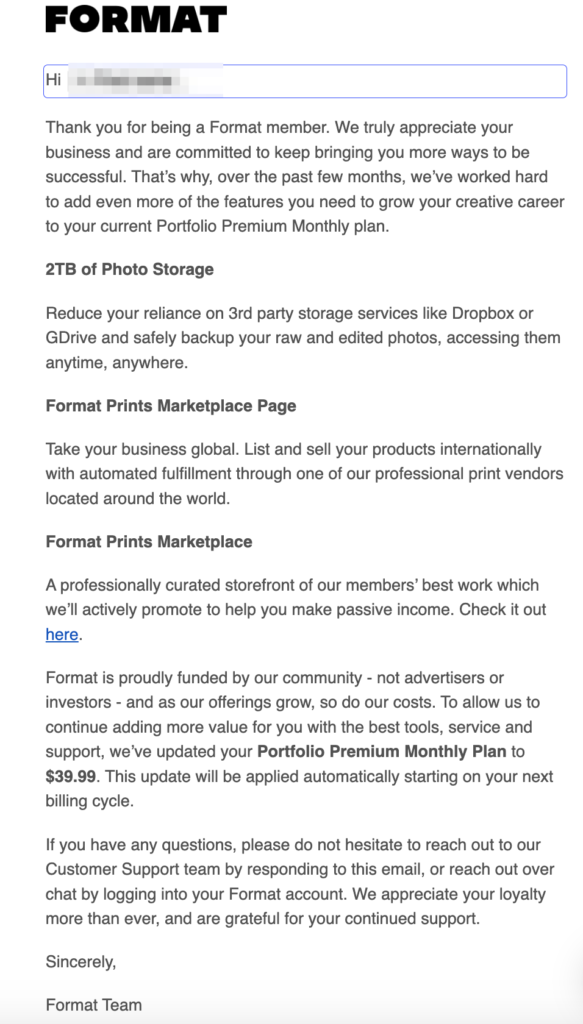
#2 Tactic: Adjust Your Plans
The most common SaaS pricing model is based on three tiers of plans, otherwise known as Good-Better-Best (GBB).
Some companies like Twilio are purely usage-based (pay per minute, pay per GB, etc.), but the majority is still GBB, and this section refers to their pricing models.
Here’s a look at Twilio’s pricing page:

And here’s a classic GBB.

Again, a pricing study can help here, especially conjoint analysis that tests different plan configurations, but here are some signals to watch out for that will indicate your plans are not configured correctly:
- As a rule of thumb, your customer distribution should be 40% - 50% - 10%.
- If they skew heavily towards the lower-end plan (for example, if 70% of your customers are on your lowest tier), the price/value for the Better and Best plans will likely need improvement. You may be giving away too much in the Good plan, so you should consider moving some of those features to Better or Best.
- If they skew heavily toward the top (i.e., 30% or more are on the Best plan), consider getting rid of one of your lowered-tiered plans and splitting your highest-tiered plan into two.
Example of Adjusting Our Plan (aka Packaging) at Format
At one point, Format had three plans:
- Basic: $6
- Pro: $12
- Unlimited: $25
The price difference (i.e.,13 dollars) between Pro and Unlimited was more than double that of Pro, and there simply wasn’t enough value to justify the extra cost. Therefore, less than 2% of our customers had Unlimited plans.
We ended up introducing a Pro Plus plan for $18. This included some new product features that were only available in this plan.
We now had $12, $18, and $25. The distribution shifted (literally overnight), and as a result, 30% of our new customers were picking the $18 plan.
This increased our annual revenue per unit from new customers by more than 25%.
#3 Tactic: Smart Discount Strategy
While discounts can be a slippery slope, they can help you with conversions and revenue retention if done right.
There are lots of other examples of this discount strategy. Quickbooks, for instance, often offers 50% off the first three months.
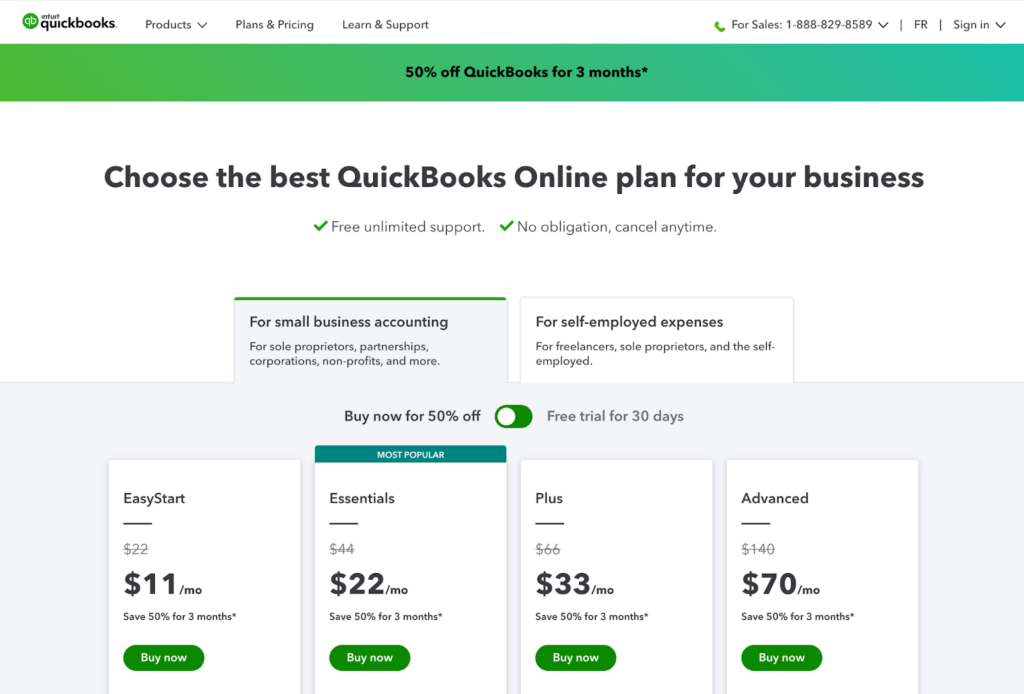
This strategy works exceptionally well for sticky products, where users have time to develop usage behaviors or invest time to set things up during the discounted period, making it hard to leave when the full price kicks in.
Example of Smart Discount Strategy at Format
Here’s a smart discount we applied at Format. You purchase a website subscription annually, and the domain is free for 12 months.
Here’s what this helped us achieve:
- More customers picked annual vs. monthly plans. Since annual plans have higher retention than monthly, it decreased customer churn.
- After the first year, we charged the full price of $20 per year for the domain, which resulted in an automatic MRR expansion after 12 months.
#4 Tactic: Create More Products and Features to Sell
You can develop new products or features by solving new pain points for existing customers or creating products and features that expand your market.
Review your product roadmap. Can features be bundled into higher-tiered plans, add-ons, or separate features?
If so, plan accordingly.
Example of New Product Development at Format
At Format, part of our growth strategy was to increase revenue per customer. To do so, we invested in a multi-product strategy and launched new products with subscriptions that could be sold to existing and new customers.
How SaaS Monetization Benefits Your Company
By implementing the right monetization strategies, you can unlock a range of benefits to help you achieve your business goals.
Increased Revenue
Implementing the right monetization strategies can help you generate more revenue for your company. Whether through subscription plans, usage-based pricing, upselling, or cross-selling, monetization can help you maximize your earnings potential.
Improved Customer Satisfaction
By offering flexible pricing options and value-added features, you can enhance the overall customer experience and increase satisfaction. This can lead to higher customer retention rates and positive word-of-mouth referrals.
Better Resource Allocation
Monetization strategies can help you allocate your company's resources better. By understanding which features or pricing plans are most popular among your customers, you can focus on improving those areas and investing in areas that will drive the most value.
Faster Growth
Implementing effective monetization strategies can help accelerate your company's growth. By generating more revenue and improving customer satisfaction, you can reinvest in your product, expand your team, and scale your operations more quickly.
Competitive Advantage
Monetization strategies can give you a competitive edge in the market. By offering unique pricing models or innovative features, you can differentiate yourself from competitors and attract more customers.
At ProductLed, we understand the importance of effective SaaS monetization strategies for your company's growth. Identify the right monetization approach for your product, optimize your pricing plans, and implement strategies to maximize your revenue potential with the ProductLed GTM System.
Alternatively, check out ProductLed Academy for one-on-one PLG coaching and mentorship from our founder, Wes Bush.

